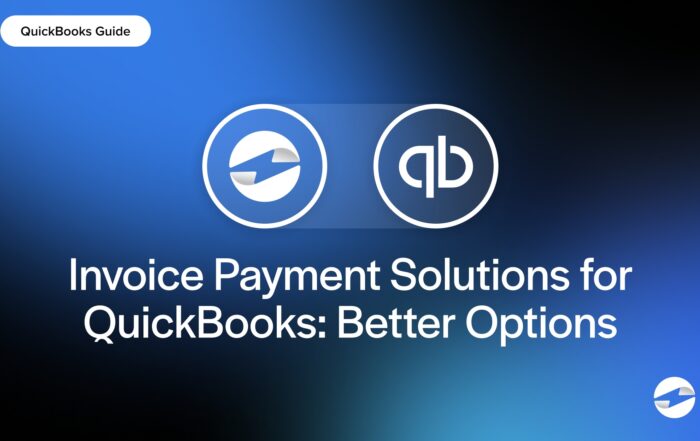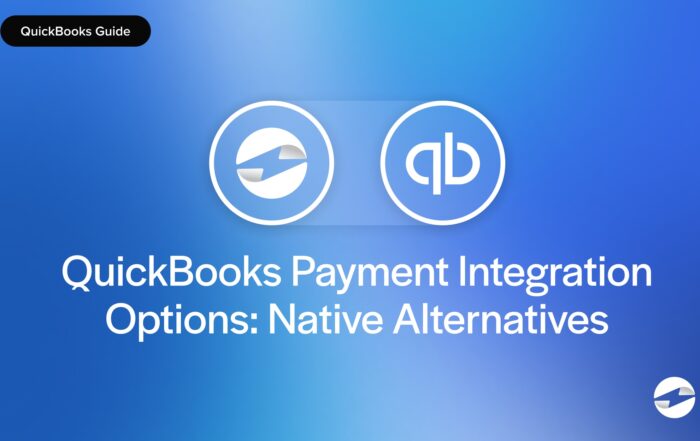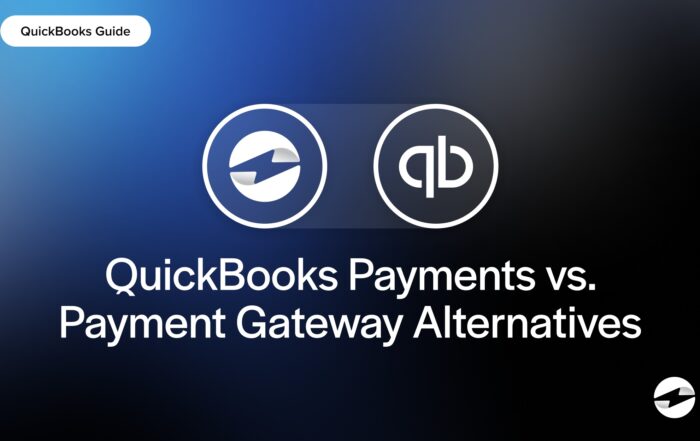What is a merchant acquirer?
A merchant acquirer, also known as an acquiring bank, is a financial institution that processes credit and debit card transactions for businesses. When a customer pays with a card, the merchant acquirer makes sure the funds move from the customer’s account to the business’s account.
For businesses that accept card payments, a merchant acquirer is pretty much required. Without one, businesses wouldn’t be able to process card transactions. Imagine running a business that only accepts cash, checks, or other non-card payments. Your customers would likely not be very happy about it.
Key Points
- A merchant acquirer (or acquiring bank) moves the funds from the customer’s issuing bank to the merchant’s account in a fast, secure, and reliable process.
- Merchant acquirers work with payment processors and issuing banks to complete transactions. The payment processor handles data, the issuing bank approves or declines transactions, and a merchant acquirer settles those funds into the business’s account.
How merchant acquirers work
Processing a card transaction seems instant to customers, but behind the scenes, the merchant acquirer plays a crucial role. Here’s how it works:
- A customer initiates a payment. They swipe, tap, or enter their card details online.
- The merchant acquirer submits the transaction. The request is sent to the card network (Visa, Mastercard, etc.), which is then sent to the customer’s issuing bank.
- The issuing bank approves or declines. It checks if the customer has sufficient funds (or credit) and verifies the transaction for fraud.
- Funds are transferred. If approved, the funds move from the issuing bank to the merchant acquirer, which then deposits the money into the business’s account after deducting the processing fees.
This whole process happens in seconds so businesses can accept card payments seamlessly at checkout.
Why businesses need a merchant acquirer
Working with a merchant acquirer is pretty must required for a business that wants to accept credit or debit cards. With an Acquirer, funds are processed quickly with advanced security measures that can detect fraud. Without a merchant acquirer, businesses would have to rely on cash or checks, which are less convenient and less secure. Most customers prefer to pay with cards or digital wallets. Forcing these potential customers to pay with an alternative, less efficient method may drive away their business altogether.
Examples of merchant acquirers
Becoming a merchant acquirer requires regulatory approval, financial stability, and strong technological infrastructure. Many well-known financial institutions and payment processors are merchant acquirers. Some are some examples you may recognize if you are familiar with the payment industry:
- Chase Paymentech – A major merchant acquirer in the US, offers payment processing for businesses of all sizes.
- Bank of America Merchant Services – Offers acquiring services along with business banking solutions.
- Worldpay – A global merchant acquirer that processes millions of transactions daily.
- Adyen – A fintech-focused merchant acquirer specializing in online payments and global transactions.
These companies help businesses accept payments efficiently and provide secure and reliable transaction processing.
Merchant acquirer vs. payment processor vs. issuing bank
Merchant acquirers, payment processors, and issuing banks work together to make card transactions possible, but each plays a different role.
Breaking Down the Roles:
| Feature | Merchant Acquirer | Payment Processor | Issuing Bank |
|---|---|---|---|
| Works with | Businesses (merchants) | Businesses (merchants) | Customers (cardholders) |
| Role | Processes card payments and settles funds into merchant accounts | Facilitates the technical side of payment transactions | Issues credit/debit cards to customers |
| Transaction Responsibility | Accepts payments and ensures funds are deposited into business accounts | Routes payment information between the merchant, acquirer, and issuing bank | Approves or declines transactions based on customer funds |
Understanding how they work together helps businesses and consumers see the bigger picture of payment processing.
How they work together in a transaction:
- Customer makes a purchase: A customer swipes, taps, or enters their card details to make a payment.
- Payment processor handles the data: The payment processor sends the transaction data from the merchant’s point-of-sale (POS) system or online checkout to the merchant acquirer.
- Merchant acquirer requests authorization: The acquirer sends the payment request to the card network (Visa, Mastercard, etc.) which then sends it to the issuing bank.
- Issuing bank approves or declines: The issuing bank checks the customer’s account for sufficient funds or credit. If approved, the funds will be set aside for transfer.
- Transaction is complete: The approval is sent back through the network to the acquirer, and the merchant completes the sale. The acquirer then deposits the funds into the merchant’s account, usually within a couple of days.
All three work together to make card payments possible for businesses and consumers.
- The merchant acquirer pays businesses and manages the risk of the transaction.
- The payment processor provides the technology to move payment data between all parties.
- The issuing bank protects the customer by verifying the transaction and preventing fraud.
A merchant acquirer is a key player for any business that wants to accept card payments. They handle the behind-the-scenes work of processing transactions, managing risks, and making sure funds are safely transferred. By understanding how acquirers work alongside payment processors and issuing banks, businesses can offer a smoother, more secure payment experience for their customers.
You May Also Like
Read More
Read More
Read More
Read More



